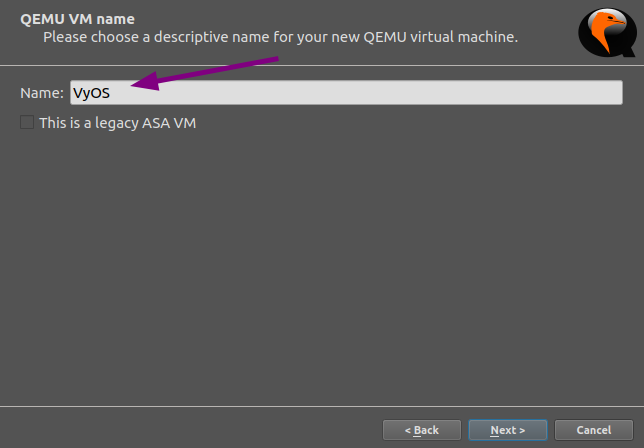

If it's a Linux image and you're mostly interested in the userspace software, then you may be able to extract the filesystem and use that with a different kernel which boots on a system QEMU does emulate. If it doesn't then unfortunately you're out of luck: your image won't boot on QEMU. If it does, that's the best place to start. If you have a complete system image already that works on hardware and you want to boot with QEMU, check whether QEMU lists that machine in its '-machine help' output. Guidelines for choosing a QEMU machine Accurate emulation of existing hardware "lm3s6965evb" (which are both TI Stellaris evaluation boards). We only have two boards which use the M-profile CPU at the moment: "lm3s811evb" and We don't implement so many different machines.Īs well as the more common "A-profile" CPUs (which have MMUs and will run Linux) we also support the Cortex-M3 and Cortex-M4 "M-profile" CPUs (which are microcontrollers used in very embedded boards. The situation for 64-bit ARM is fairly similar, except that Much less about the detail of the hardware.)
#Install qemu system x 64 bit software#
(Once the kernel has booted, most userspace software cares X86 world where every system looks like a standard PC. This is often surprising for new users who are used to the Run on one machine will not run at all on any other. Typically operating system or firmware images intended to Even with fifty boards QEMUĭoes not cover more than a small fraction of the ARMīecause ARM systems differ so much and in fundamental ways, Then built into machines which can vary still further even "system-on-chip" (SoC) designs created by many differentĬompanies with different devices, and these SoCs are So many is that ARM hardware is much more widely varying QEMU has generally good support for ARM guests. 1.1.3 Example for using the canon-a1100 machine.1.1.2.1 Guest kernel configuration for the virt machine.1.1.2 Generic ARM system emulation with the virt machine.



 0 kommentar(er)
0 kommentar(er)
